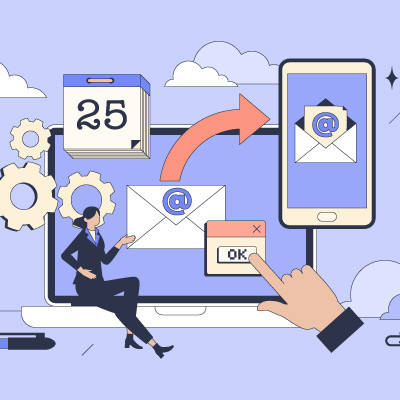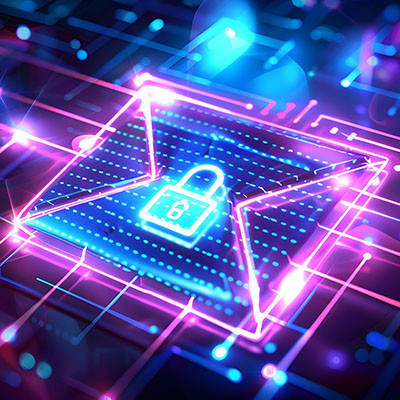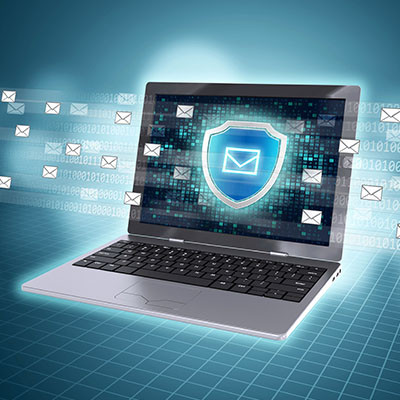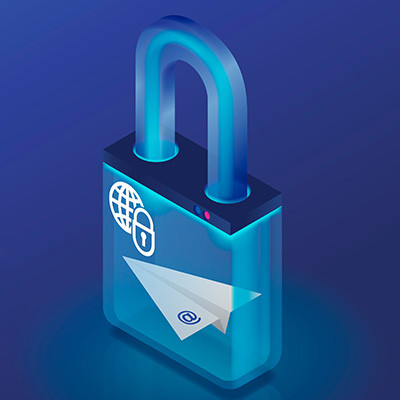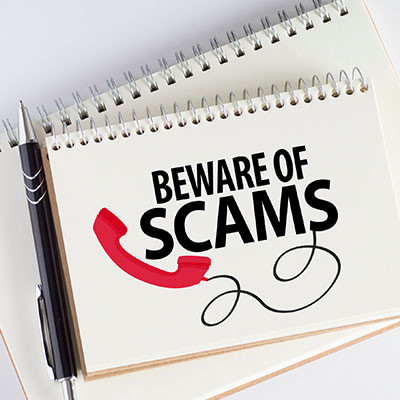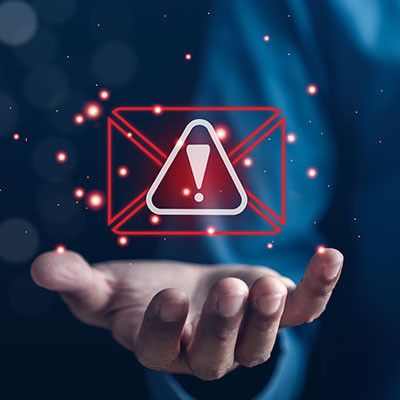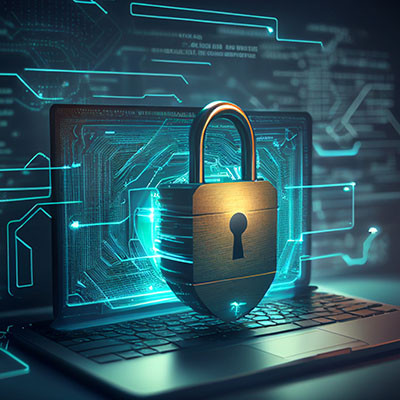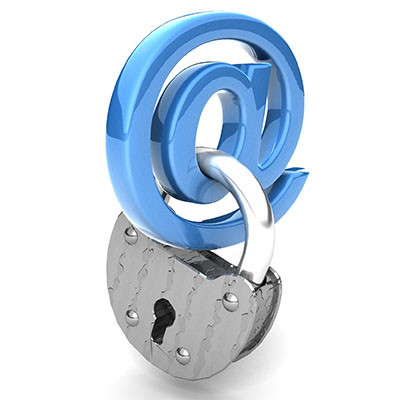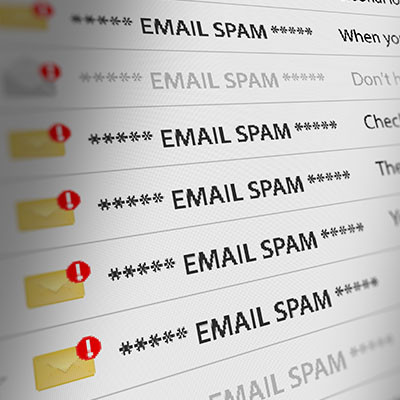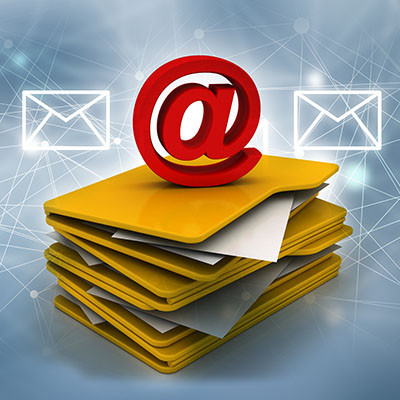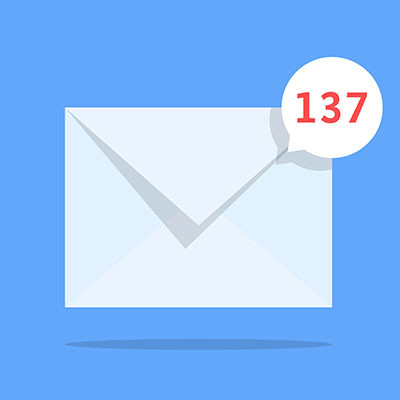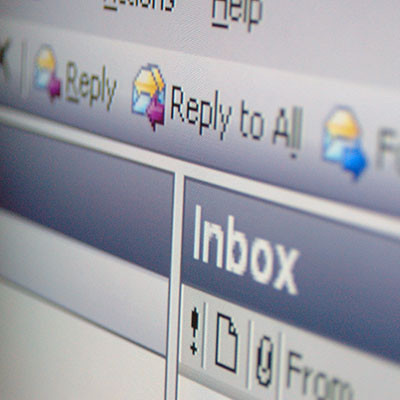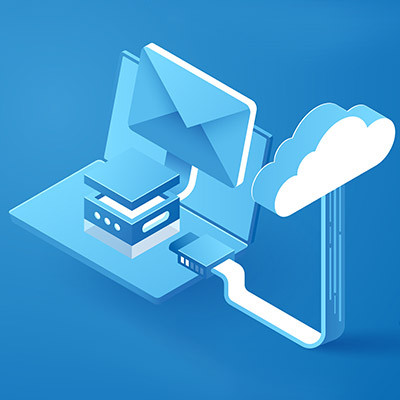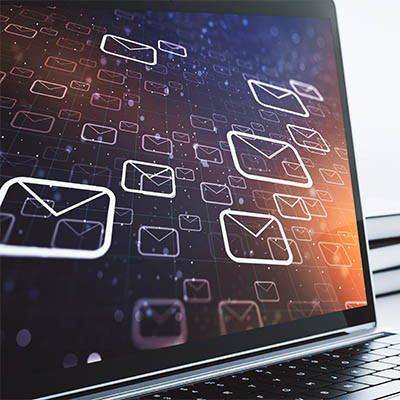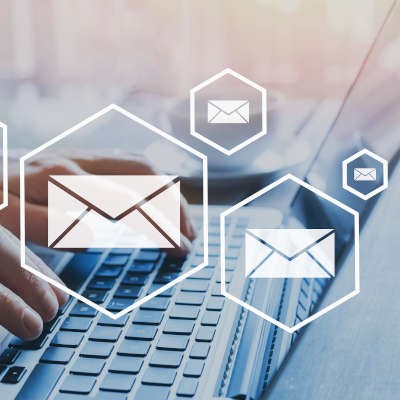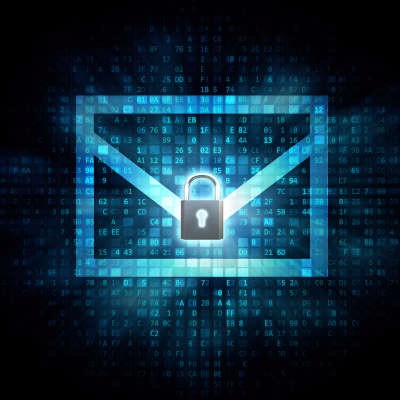Technology is one of the key enablers of automation for businesses, so it makes sense that it would eventually creep into email. Automated emails have the power to contribute to more streamlined operations when used well, but they are far from flawless. Today, we want to get you thinking about the pros and cons of automated email as it pertains to running your business.
USA Computer Services Blog
Email is a centralizing communication tool for most businesses, but what would you do if we asked if your email system was encrypted? Could you give us an honest answer? Encryption is a powerful security measure for networks and infrastructure, so it makes sense to use it for your email solution, too. Here’s what you need to know about encryption and email.
A single oversight can potentially nullify the effectiveness of your cybersecurity measures. For instance, even if you've implemented security measures like multifactor authentication, a phishing scam or certain malware variants could grant unauthorized access to your email, compromising all the data stored in your inbox.
The seamless functionality of email often leads individuals to take it for granted. Whether accessing Outlook or logging into Gmail, the delivery of emails seems effortless. However, the intricate and expansive network of systems essential for email operations often goes unnoticed, and understandably so, given its complexity.
Since 2019, Google has had a feature built into their Chrome browser called Enhanced Safe Browsing. Intended to help prevent phishing attacks, this feature effectively steps in to warn users about links that it deems suspicious. More recently, this feature was added directly to Gmail. Let’s talk about how to enable it… and why you might actually want to think twice about doing so.
Amazon Prime subscribers were recently sent a communication from the online marketplace detailing popular scams and what can be done to protect against them. While we have our own set of best practices to share, we thought we would take a closer look at Amazon’s advice to see how it squares up against our own.
If you are an Amazon Prime subscriber, chances are you received an email from the online marketplace warning users of scams that take advantage of offerings and brand recognition. We thought it would be interesting to look at the advice shared by this message to see if it matches up with our own recommended best practices.
While artificial intelligence is being adopted across numerous industries, one that many people may not think of is the cybercrime industry. Fortunately, AI can also be used to stop some forms of cybercrime, such as phishing. Let's talk about how AI might soon be an integral part of your phishing prevention.
Email is crucial to the success of any business, but it also might contain sensitive information that is meant for the eyes of your organization—and its clients—only. Most modern email platforms give you tools you need to secure your email solution, so let’s go over how you might enable these features and what they look like.
Sometimes, I kind of miss the oh-too-obvious spam emails that were once the norm. You know, the kind that were supposedly from some usurped royal who needed your assistance to reclaim their rightful place on the throne, or from some absurdly attractive individual who seemed to be coming on to you. Sure, at the time it was annoying, but compared to today’s spam…
Well, it was a simpler time.
How often do you find yourself with a full inbox, but you don’t want to delete the messages for fear there is something important in them? You could spend time digging through your inbox every time to find the important message, or you could archive them so you can find them later. Microsoft Outlook has a built-in archival feature that you can use.
Your employees will look to you to provide guidance throughout the workday, so you should do your best to use the communication mediums at your disposal to stay in touch with them. Granted, the average business has many different ways of communicating information to employees, especially in the wake of a global pandemic which forced many employees to work remotely. That said, communication is more important than ever; what services or solutions can you use to foster communication and aid your employees in their day-to-day responsibilities?
If you have ever tried to wrestle with an out-of-control inbox, then you know it can be a challenge. You receive countless emails every day, and if you don’t find a way to handle them all, it can be challenging to stay on task. How can you make sure that your inbox organization isn’t putting your productivity on the line?
Efficiency is great, but it should never come at the cost of boundaries. A perfect example of this is your work email address. It might be easy to use it to subscribe to an online service, like Netflix, but this is far from the best idea. Let’s take a look at why it might be a bad idea to breach these boundaries between your personal life and your work life, and why it might have lasting consequences.
How often do you look at your email solution and think, “Wow, managing this thing takes up so much of our time. What would it be like to take that time and apply it elsewhere?” Today, businesses have all kinds of options for managing their email communications, one of which is email hosting provided through a managed service provider.
Wrangling an email inbox that has been left to its own devices for months can be a challenge, especially for those who sign up for email lists and never unsubscribe from anything. If this sounds like you, be sure to read on and discover ways that you can finally take back control of your email inbox.
As much as we all rely on emails throughout the workday, they can be an intense pain to manage, which only makes it a hassle to deal with and can actively make it less useful for your users. We want to help you avoid this outcome, so we’re sharing a few tips to make the management of your email that much more effective.
Security is always a business priority, and with so many business needs now fulfilled digitally, it is critical that cybersecurity has a strong presence in organizations big and small. Nowadays, collaboration solutions have also had even greater importance in the workplace, making tools like email completely essential. Unfortunately, this gives cybercriminals an increased opportunity to use it as a means of attack.

